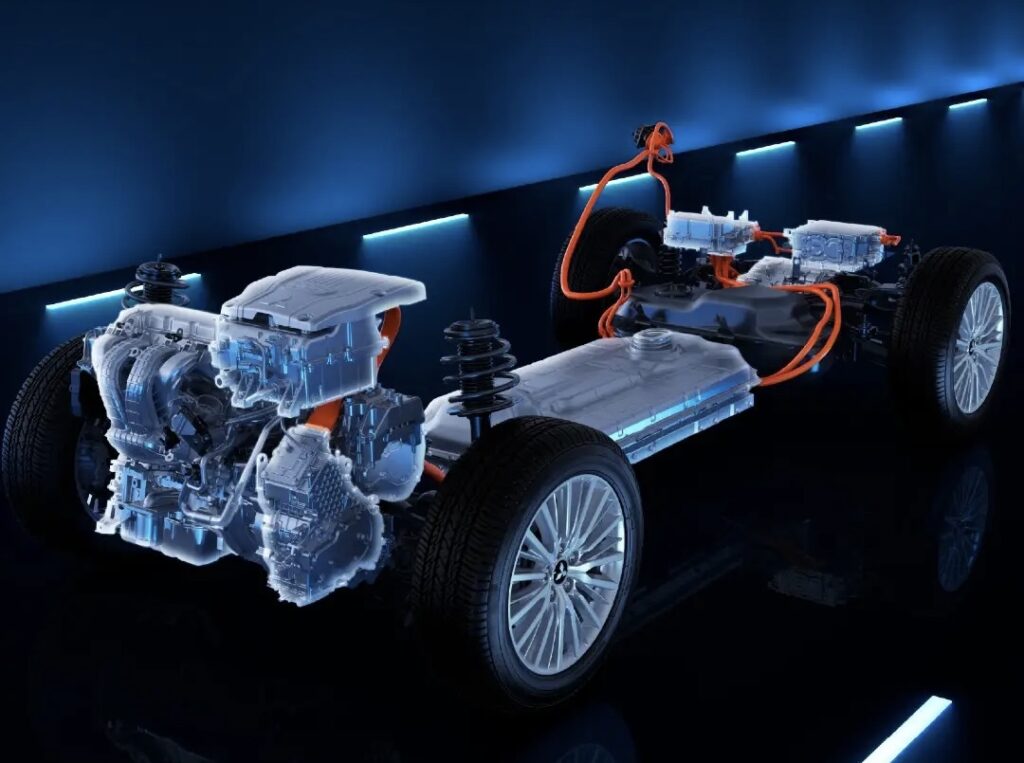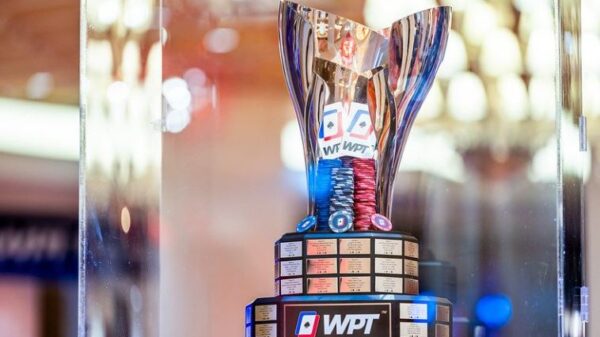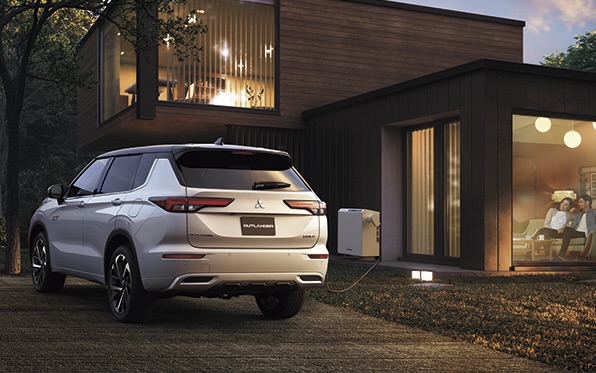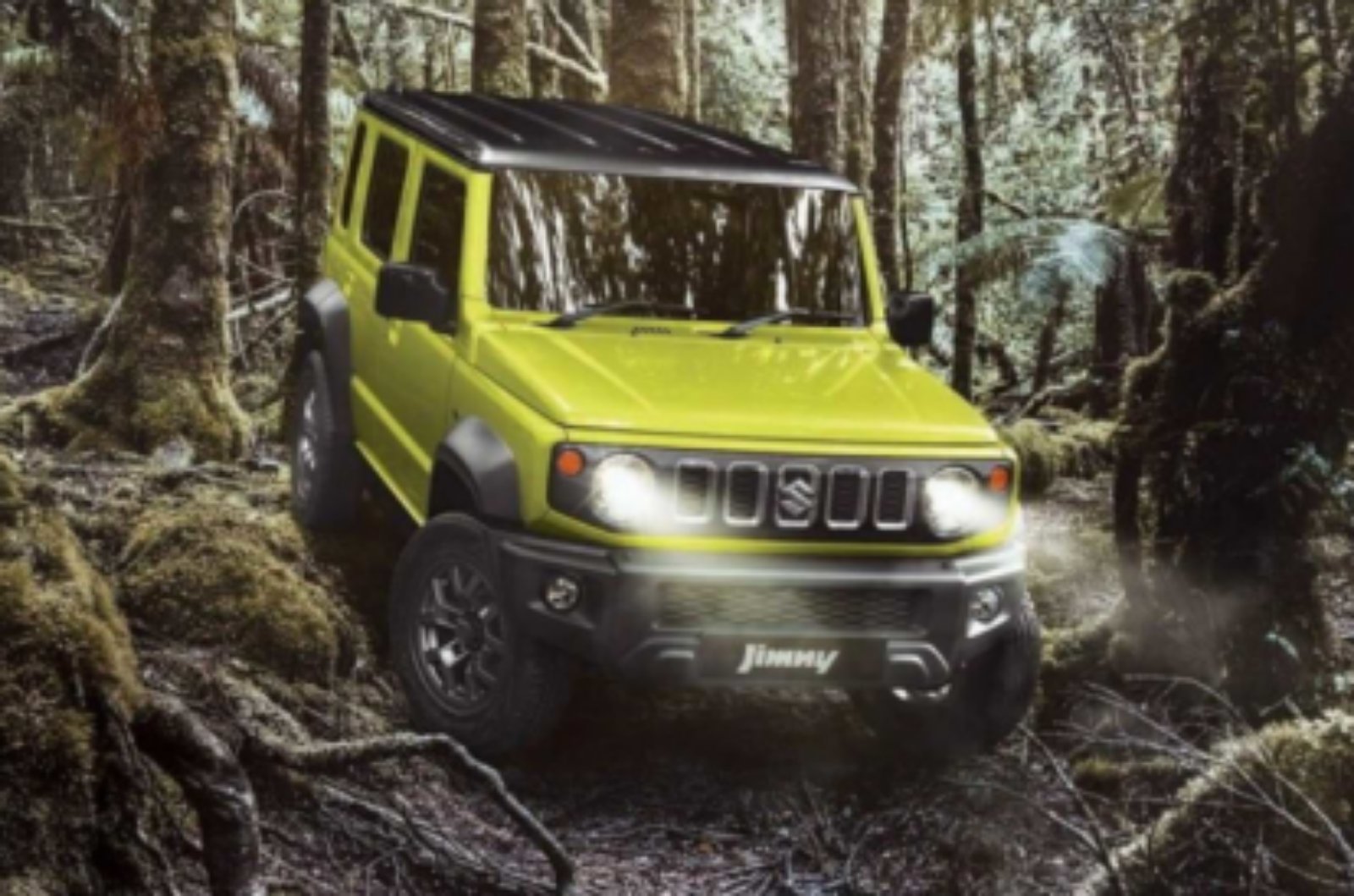In the midst of the frenetic rush to electrify, so to speak, car manufacturing giant Mitsubishi is making one big stride to the EV revolution. It is now pushing for only hybrid and battery-electric vehicles by the 2030s.
No less than 16 new models before the year ends are on the pipeline for Mitsubishi which is backed by principals Renault SA of France and Nissan Motor company.
“Among our existing models, we’ll expand the geographical areas where our flagship PHEV Outlander is being offered and build out the sales of the Minicab-MiEV light commercial EV that was relaunched last year,” chief executive Takao Kato said in an interview.
Already, the Japanese maker is on its way to fulfill its promise to have half of its car sales on EVs in seven year’s time.
Made even more popular by the beloved Outlander SUV, Mitsubishi collectively considers plug-in hybrids, hybrid EV and BEVs as EVs which formed seven percent of its total sales end of 2021.
“We believe a more vibrant society can be created through mobility. In other words, the more efficient ways we have of getting around, the better we’ll all be,” said the car brand’s statement.

MITSUBISHI Outlander’s motors, located on both front and rear axles, work with powerful gasoline engine to optimize performance and efficiency.
“That’s why we started our development into EV technology way back in the 1970.”
Rolling out within the next few years are the BEV Renault alliance model and a Nissan alliance model. Both of their materials form part of the 2023-2025 business plan.
The car brand is no slacker when it comes to EV, having electrified units back in the early 2010s.
But it has no BEVs in its European roster, although plans are afoot for a grand comeback in a hope to grab a share of the market claimed by popular brands line Tesla.
The coming BEV is reportedly a variant of the Renault electric MPV Scenic made in France and set to launch next year. It would also be a version of the brand’s R5 or R4 which are electric city cars.
The 14 other models will still have seven combustion engine-powered, five hybrids and two BEVs.
Mitsubishi launched the i-MiEV back in 2009, its first-ever mass-produced EV. But more recently, it has been developing plug-in hybrid technology.
A hybrid is a vehicle that uses both petrol engine and internal battery as source of power.
A plug-in hybrid is one that has a battery which can be recharged from an electric port.
“Our research and development in this area resulted in the 2013 launch of the Outlander PHEV,” its statement continued.
“In 2017 we introduced the e-Evolution concept cars which show we’re already thinking about the future.”
- Photograph courtesy of Suzuki Philippines SUZUKI’s iconic compact Jimny is expected to have its EV version here very soon.
Mitsubishi’s PHEV system is “an advanced series hybrid.”
The vehicle’s front and rear axle are powered by twin motors. “Having twin electric motors creates a superior EV system with 4WD capability.”
That system also allows for an EV Drive Mode or electric motor only, resulting to zero carbon emission, as well as quiet and powerful drive that could reach 135 kilometers per hour.
It would also mean the absence of the irritating “shift shock” because there’s no gear-change whatsoever.
Its 2.4-liter Atkinson cycle engine is also highly efficient with very minimal carbon footprints.
There is also an integrated control system only Mitsubishi offers, delivering power and control through on-board systems.
And we’re not even talking about cost-efficiency, yet.
Its 13.8 kilowatt lithium-ion battery has a range of 33 miles. That may not be as much but combine it to the engine and you’ve got 375 miles.



















